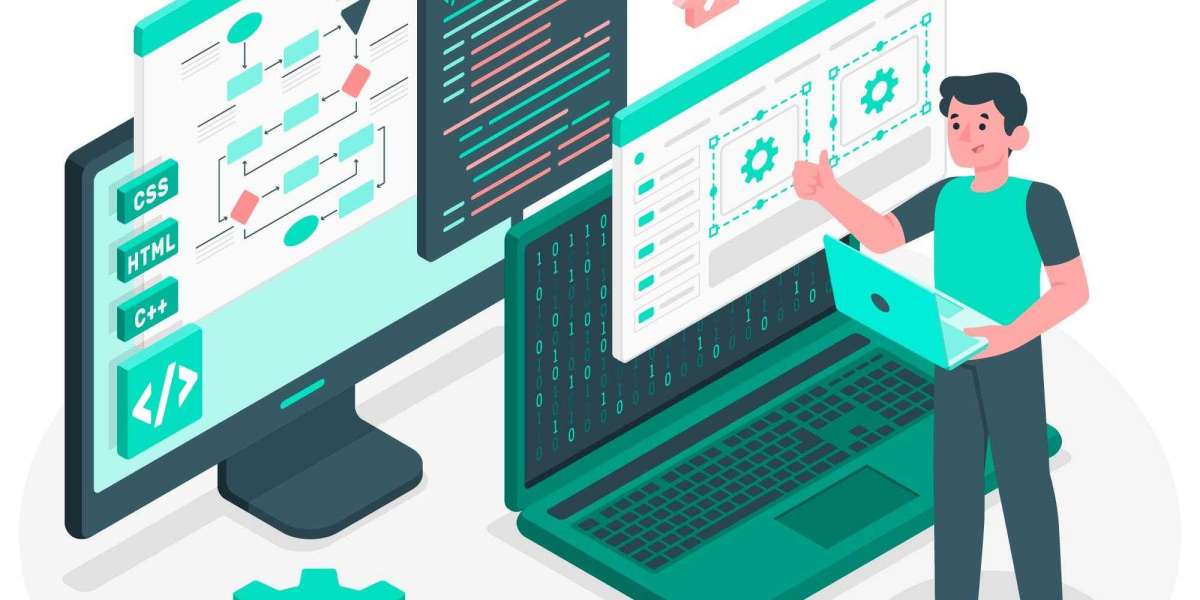In the vast realm of the internet, there is a treasure trove of valuable data waiting to be discovered. From product prices and customer reviews to news articles and social media trends, extracting data from websites can provide valuable insights for various applications. Python, with its rich ecosystem of libraries and tools, has become a popular choice for web scraping. In this article, we will explore the fundamentals of web scraping with Python and how it can be used to extract data from the web.
Understanding Web Scraping:
Web scraping refers to the process of extracting information from websites programmatically. It involves automated retrieval of data from web pages, usually in the form of HTML or JSON. Python offers powerful libraries like Beautiful Soup, Requests, and Scrapy, which provide convenient methods and tools for scraping web content.
Setting Up the Environment:
Before diving into web scraping, we need to set up the necessary environment. Start by installing Python and the required libraries. Popular package managers like pip or conda can help in installing libraries such as Beautiful Soup and Requests.
Fetching Web Content with Requests:
To begin scraping, we first need to fetch the web content from the desired website. The Requests library in Python allows us to send HTTP requests and retrieve the HTML content of a web page. We can then inspect the HTML structure to identify the data we want to extract.
Parsing HTML with Beautiful Soup:
Beautiful Soup is a Python library that makes it easy to parse HTML and extract data from it. It provides a simple and intuitive API to navigate and search through the HTML structure. We can use CSS selectors or XPath expressions to locate specific elements and extract their content.
Extracting Data:
Once we have fetched the web content and parsed it using Beautiful Soup, we can start extracting the desired data. This could include text, images, links, tables, or any other relevant information. By identifying the HTML tags and attributes associated with the data, we can extract it using Beautiful Soup's methods.
Handling Dynamic Web Pages:
Many modern websites, leveraging dynamic content loaded via JavaScript, pose challenges for web scraping. This is because the initial HTML response may not contain all the data. To overcome such scenarios, our Python development services employ tools like Selenium. Selenium enables automated web browser interactions, facilitating the extraction of dynamically generated content during web scraping tasks.
Dealing with Anti-Scraping Measures:
Some websites implement anti-scraping measures to protect their data. These measures can include CAPTCHAs, IP blocking, or user agent detection. To overcome these challenges, techniques such as rotating proxies, using headless browsers, or delaying requests can be employed.
Data Storage and Analysis:
After successfully extracting the desired data, it can be stored in various formats such as CSV, JSON, or databases for further analysis. Python provides libraries like Pandas, NumPy, and Matplotlib that enable data manipulation, analysis, and visualization, empowering us to derive insights from the scraped data.
Respecting Website Policies and Legal Considerations:
While web scraping can be a powerful tool, it is essential to respect website policies and legal guidelines. Always check a website's terms of service and robots.txt file to ensure compliance. Additionally, be mindful of not overloading a website's servers with excessive requests, as it can lead to IP blocking or legal consequences.
Conclusion:
Python software development services have made it the go-to language for web scraping, thanks to its simplicity, powerful libraries, and extensive community support. In this article, we delved into the fundamentals of web scraping with Python, covering tasks such as fetching web content and extracting data using Beautiful Soup. By harnessing Python's capabilities through our software development services, you can unlock valuable insights from the vast amount of data available on the web. It is crucial to scrape responsibly, respecting the guidelines and policies of the websites you scrape.




